From digital slideshows of safe sex tips to the plethora of videos and photos uploaded by the porn industry, today’s 20-somethings have more information, ideas, and imagery involving all things coital than previous generations could have ever fathomed. Plus, smartphones allow us to send steamy sexts whenever, wherever; mobile apps and dating sites facilitate meeting potential mates almost as quickly; and the hookup culture we’re supposedly steeped in condones getting hot and heavy with relative strangers—all without requiring any of us to get too attached. Sounds like a pretty amazing sex life we have, huh?
Maybe... but maybe not. When you compare data, it looks like our parents might have been luckier and busier when they were in their defining decade than we are currently. And—excuse the skeeve factor—they may even have better sex lives now than we do. But hang with us here, because there are some serious misconceptions about our generation—and some great things to celebrate about our so-called sexual revolution too.
We’re Not a Bunch of Sluts

Despite what some alarmists think, we’re really not that promiscuous. Research shows that our generation isn’t having much more sex than our parents were when they were our age 1
. In fact, among the youngest wave of millennials (those who are still in high school), the number of virgins has slightly increased over the past 20 years.
And the nookie we’re having is much safer than our parents’ was. Nicholas Grosskopf, a sexuality researcher and professor of public health at The City University of New York, points to the declining unintended teen pregnancy rate, adding that it’s likely due to the increased use of contraceptives and birth control. In fact, 14- to 24-year-olds in Indiana University’s 2010 National Survey of Sexual Health were more likely than those 25 and older to have used a condom during their last sexual encounter.
What’s more, the so-called hookup culture may not be as rampant as it seems. The past 30 years has seen relative stability in college students who report having had sex with more than one sexual partner within a given year, with about 31 percent of students saying so since the 80s 2
. The main difference is that we’re just waiting a bit longer to get married, so by the time we actually do settle down, we’ve tucked more experiences under our covers... err, belt.
Open Minds, Open Beds
OK, but just how good are we in bed? Grosskopf doesn’t think the sex that millennials are having is any better than that of older generations’ heydays—but he does believe that definitions of “sex” may differ among age groups.
He’s correct on both counts. If you were born between the 80s and 2000s, you’re a lot more open than your elders were at your age when it comes to getting it on—not only in terms of what you do when you have sex, but also with whom and what you consider acceptable.
Millenials are experimenting with more oral and anal variations than our parents would ever want to know about 3
. Those 18 to 29 are also much more likely to support same-sex marriage, and they’re more than three times as likely as folks over 65 to identify as LGBT. On top of all of this, our awareness of transgender issues is far broader than that of the people who spawned us.
 Our generation can also boast that we hold less of a double standard when judging promiscuous men and women. (Though perhaps not all of us do: While young women in one study were less likely to judge other women harsher than they judged men for having lots of sex, guys still tended to consider women’s sexual excesses more egregious than men’s4
.)
Our generation can also boast that we hold less of a double standard when judging promiscuous men and women. (Though perhaps not all of us do: While young women in one study were less likely to judge other women harsher than they judged men for having lots of sex, guys still tended to consider women’s sexual excesses more egregious than men’s4
.)
And we know a lot more about female sexuality, says sex therapist and educator Ian Kerner, Ph.D., author of She Comes First. “We have a better understanding of how it functions and the need for clitoral stimulation, and we’re really seeing a renaissance in the design of sex toys—not to mention sex-positive porn and porn created specifically for couples.” (Maybe that’s why the percentage of gals who say they use a vibrator has skyrocketed from 1 to more than 50 percent during the past few decades 5
.)
Even better, according to San Diego Sexual Medicine researcher and marriage and family therapist Rose Hartzell, Ph.D., more men today are concerned with pleasing their partners. And, she adds, with improvements in sexual medicine and better access to information about how their bodies actually work—plus the abandonment of the concept that vaginal orgasms are more “mature” than clitoral ones—women today are technically capable of experiencing more pleasure than ever before.
Better With Age
But while our mindsets seem to be evolving toward an increasingly informed, inspired, and responsible stance, our satisfaction isn’t necessarily keeping pace. At least not when it comes to mutual enjoyment between heterosexual partners. And especially not when we compare ourselves to—brace yourself, you know what’s coming—our parents’ current sex lives.
On the one hand, our moms and dads have the advantage of maturity on their side. Satisfaction with one’s sex life tends to increase with age—and for women, this has little to do with frequency. “Baby boomers have had time to get comfortable with their bodies, figure out what their looking for, and explore their sexuality and intimacy,” explains certified sex therapist Kelly Chisholm.
They’ve also been less saturated with the heavy diet of porn we’ve grown up having at our fingertips. Chisholm acknowledges that those films can be a great visual aid to foreplay and a tool to crank up arousal between partners. However, the portrayal of perfectly sculpted breasts, butts, and genitalia that can perform for hours on end may cause performance anxiety for Gen Y members whose self-concepts may still be a little shaky. “Women feel they have to look like the porn stars their partner are viewing, while men compare their penis size to what they see on screen,” Chisholm says. “Lots of younger couples may also want to do something they’ve seen in porn, so there are higher expectations—and more impossible standards.”
Assumptions that we should be able to squirt, maintain hours-long hard-ons, or have perfectly bleached buttholes cranks up our anxiety, traps us in our own heads, and vastly impedes our ability to connect with our partners, she adds. (And our ability to enjoy and explore our own bodies without shame.) End result: “Performance issues occur, trust isn’t established, and we end up disappointed in ourselves and our partners when we can’t measure up,” Chisholm says.
Unfortunately, casual encounters—even if they aren’t as widespread as we’re made to believe—don’t seem to be helping the problem. Notwithstanding the modern millennial male’s growing interest in getting their girlfriends off (and, in some cases, their valiant efforts to actually do so), women are still having fewer orgasms than men 6
. That’s even though, physiologically speaking, ladies are supposed to be able to peak numerous times in a row.

Studies show those with a double X chromosome need a little more connection than three beers’ worth of taking the edge off to actually, well, get off. It doesn’t help that they’re more preoccupied with pleasing the naked man in their dorm room (or newly rented apartment) than with their own pleasure 7
. Hence why research by sociologist Elizabeth Armstrong shows that, compared to same-aged women in committed relationships, undergrad gals have the lowest rates of orgasm during their first encounter with a random other.
“Despite the knowledge college-aged women and men may have about the clitoris, putting that information into action isn’t part of the hookup script. Hooking up just isn’t really about female orgasms; it’s all about providing men with physical pleasure,” says sexuality researcher Lisa Wade, Ph.D.
This may be why lesbians report climaxing more often than straight gals. One fascinating study found that gay women come 13 percent more often than hetero women and nearly 20 percent more than women who identify as bi 6
. “When you can’t prioritize the male’s ejaculation, innovation is required,” Wade says. That lends girl-on-girl dynamics more opportunities to communicate about wants and needs rather than fall back on traditional gendered roles. (It may also help that women naturally have more know-how about the female O than men do.)
Wade warns against interpreting this all as a sign that straight millennial women aren’t having good sex. Clearly there’s something young women are getting out of boinking too, even if it isn’t an orgasm. Wade believes that women have sex “because they want to know that they can. They feel affirmed and derive a lot of pleasure from the game of attraction—the status tied up in the morning after tell-alls with their girlfriends and figuring out where they stand in the erotic hierarchy.”
Whether she’s right or not, once they lock down a committed mate, “college women’s orgasm frequency in relationships is way better than anything I’ve seen,” Wade says, referring to data compiled by Armstrong.
The Takeaway
Getting to know our bodies takes time, effort, and a lot of coordination with the other person we’re hooking up with. In this regard, our parents’ generation may be leagues ahead of us. But so long as we play it safe (i.e. wear protection), take the time to get to know our partners (read: make sure we’re comfortable enough with them to communicate our wants and needs), and realize the sex we may watch on-screen isn’t entirely realistic, we’re in a prime position (no pun intended) to put the immense amount of information we have at our fingertips about sexual functioning into highly rewarding action. Who knows? By the time we hit our parents’ age, we may be able to surpass their satisfaction.
Works Cited
-
Trends in Premarital Sex in the United States, 1954-2003. Finer, L.B. Public Health Reports. 2007 Jan-Feb; 122(1): 73-78.
-
A new standard of sexual behavior? Are claims associated with the "hookup culture" supported by general social survey data? Monto, M.A. and Carey, A.G. Journal of Sexual Research. 2014;51(6):605-15.
-
Sexual behavior in the United States: results from a national probability sample of men and women ages 14-94. Herbenick, D., Reece, M., Shick, V., et al. Journal of Sexual Medicine. 2010 Oct;7 Suppl 5:255-65.
-
A double standard for “Hooking Up”: How far have we come toward gender equality? Allison, R., & Risman, B.J. Social Science Research. 2013 Sep;42(5):1191-206.
-
Prevalence and characteristics of vibrator use by women in the United States: results from a nationally representative study. Herbenick, D., Reece, M., Sanders, S., et al. Journal of Sexual Medicine. 2009 Jul;6)7:1857-66.
-
Variation in orgasm occurrence by sexual orientation in a sample of U.S. singles. Garcia J.R., Lloyd E.A., Wallen K., et al. Journal of Sexual Medicine. 2014 Nov;11(11):2645-52.
-
College students and sexual consent: unique insights. Jozkowski, K.N., & Peterson, Z.D. Journal of Sex Research. 2013;50(6):517-23
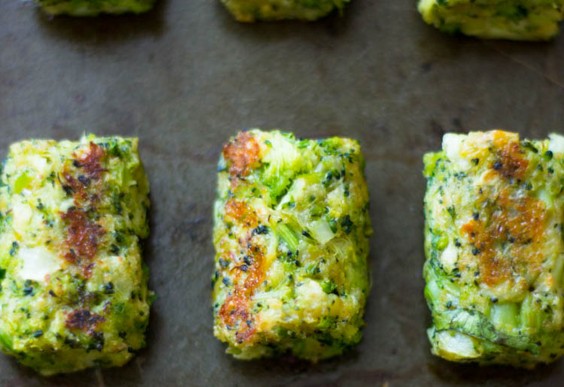
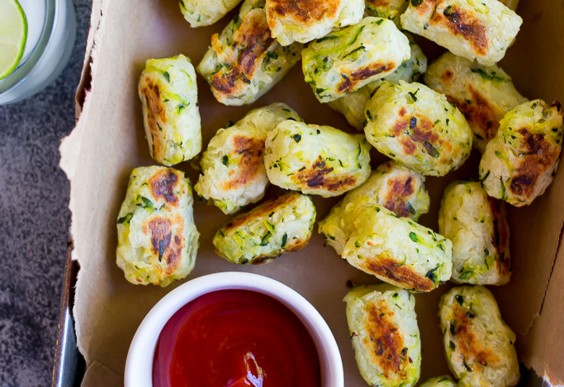
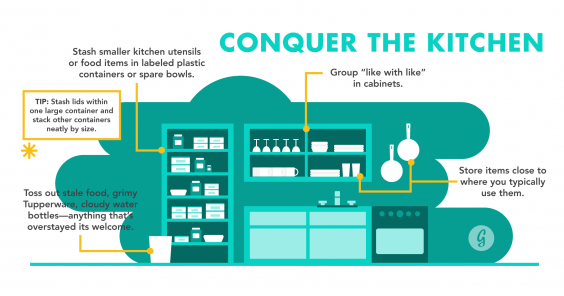

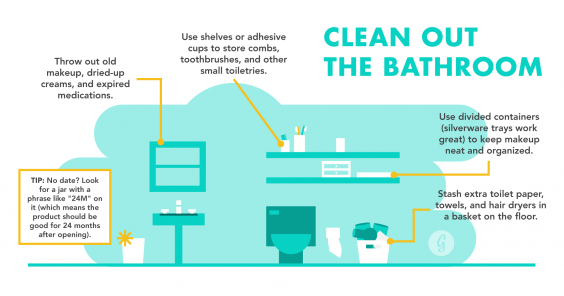
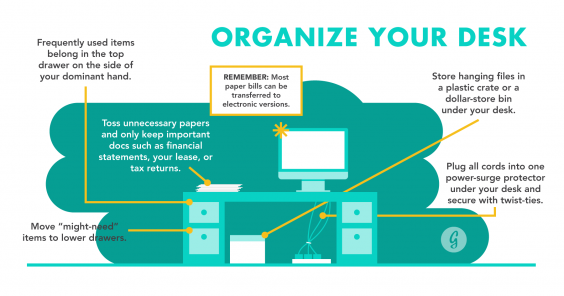







 Our generation can also boast that we hold less of a
Our generation can also boast that we hold less of a 